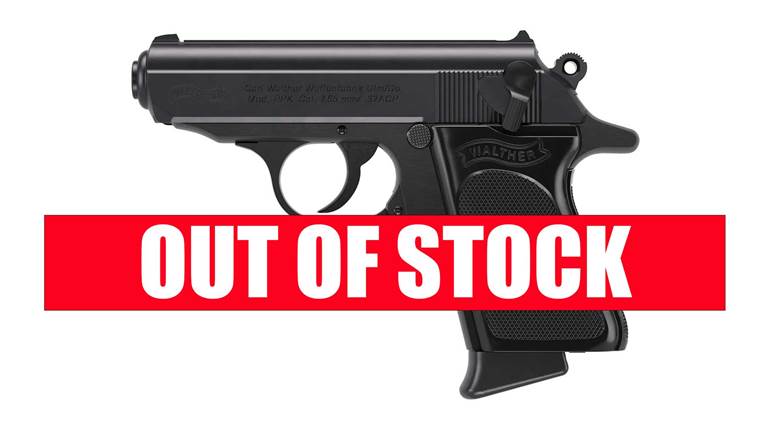
GunBroker.com recently released a list of the top 22 new and used firearms that sold in the highest volume through the website’s retailers during 2022. It also published lists for the top handguns, rifles and shotguns, and it even compiled the most-popular brands by manufacturer.
The SIG Sauer P320 came in first place, followed by the Remington 700 and SIG Sauer P365. Bear in mind, the rankings reflect only purchases made through the e-commerce website. They do, however, provide a snapshot of preferences among those enthusiasts who made their selection when behind a keyboard or on a smart device. Despite the convenience, prior to taking possession, all new owners were required to visit an FFL in person and undergo required background checks and comply with local regulations.
Fourth place in the top-10 list was the Smith & Wesson M&P9. The venerable Ruger 10/22 came in fifth. When looking exclusively at new model preferences, the rankings change slightly. In rifles, for example, the top-three factory-fresh rifle models were the Ruger All American, Ruger 10/22 and Henry Repeating Arms Big Boy—Remington 700s drop to eighth. Only one AR-platform rifle placed in the top 10, the Springfield Armory Saint, in 10th.
The trio of top performers among new shotguns starts with the Mossberg 590, followed by the Remington 870 and then the Mossberg 500. In handguns, it was SIG Sauer’s duo of the P320 and P365, then the Smith & Wesson M&P9. The revolver category, if you’re wondering, was led by the Colt Python, Taurus Judge and Heritage Arms Rough Rider.
As for manufacturer preference, Ruger came in first (new firearm sales). SIG Sauer and Smith & Wesson rounded out the top three, in that order.
The results are exclusive to GunBroker.com and do not necessarily reflect the experience at every FFL. There is no all-encompassing measure available today, a fact SIG Sauer's, chief marketing officer and executive vice president of commercial sales, Tom Taylor explained to AmericanRifleman.com back in 2020.
“It is unfortunate that an industry of our size does not have any consistent data-management tools,” he wrote. “I’ve been in this industry for 16 years and even looking back at my career at the Coca-Cola Company prior to that, our measurement tools were infinite. We knew so much about our own product mix, our competitors, our customers, consumers and more. Many CPG [consumer packaged goods] companies have this level of data, but it has eluded our industry.”























![Winchester Comm[94]](/media/1mleusmd/winchester-comm-94.jpg?anchor=center&mode=crop&width=770&height=430&rnd=134090756537800000&quality=60)
![Winchester Comm[94]](/media/1mleusmd/winchester-comm-94.jpg?anchor=center&mode=crop&width=150&height=150&rnd=134090756537800000&quality=60)










